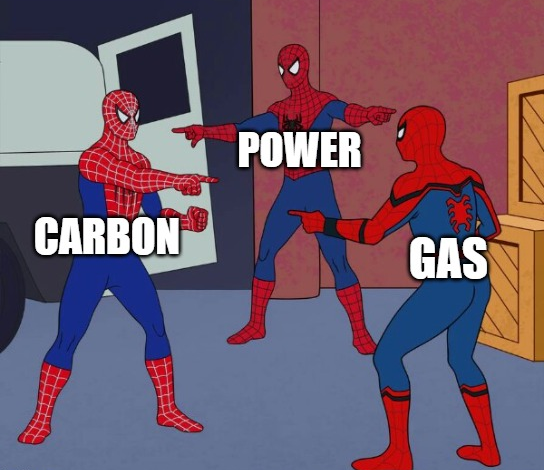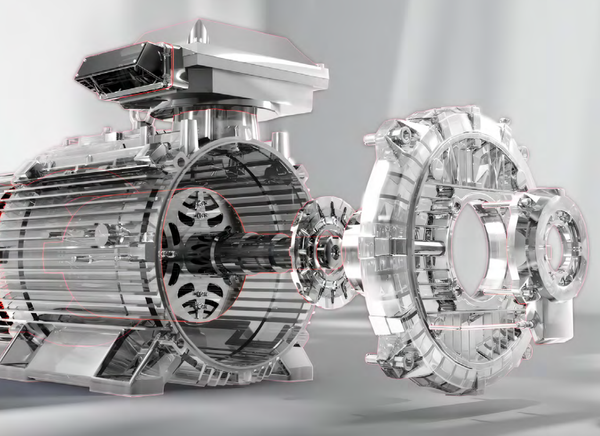Softening the blow

In today's article I discuss the decision by the German government to subsidise the industrial electricity price from early 2026. Whether it leads to a rejuvenation in the country's battered industrial heartland and increases demand for EUAs is another matter. I fear that something more fundamental is wrong with the German economic model than merely just its historical reliance on cheap Russian natural gas.
The pressure to limit cost increases is everywhere, and politicians are acutely aware that their re-election prospects will take a nosedive if consumers have to swallow more price hikes. It's in that context that efforts to restructure the EU's second emissions trading scheme, ETS2 should be seen. Nevertheless, the proposed reforms should mean the carbon price on heating and transportation has a much stronger chance of success than other countries (see Why Canada should reform its carbon tax).
Europe's policymakers have been looking at the longer-term picture out to 2040. It may seem too distant in the future to make a difference to carbon prices today. However, without a credible and strong 2040 target investors may struggle to commit capital. The EU's 2030 plan, outlined in the 'Fit-for-55' targets was instrumental in establishing confidence in the EU carbon market. Investors will no doubt work back from what's expected in 2040 and price accordingly.
Finally, I return to the short-term, checking in on the latest Commitment of Traders report (w/e Friday 31st October) and try to unpick how speculators are positioned.
Power play
On Monday morning the German government announced that it is set to introduce a discounted "industrial electricity price" on 1st January 2026, aimed at stemming the decline in German industrial production and returning the country to economic growth.
The statement resulted in a decisive break through the €80 level on the Dec-25 EUA futures contract, jumping ~€3.50 (4.4%) to a high of €82. The bet being that lower industrial power prices will invigorate growth in energy intensive manufacturers, leading to an increase in power generation emissions, and in the meantime, sparking fresh EUA hedging demand. Traders also pushed German baseload power prices higher on the news, prompting it to also break out of the consolidation pattern it has been in for the past few months.
In a way the news isn't really news at all. The previous German government had attempted to push through a similar scheme, but faced pushback from coalition partners. The new government - led by Friedrich Merz’s CDU and the Social Democrats (SPD) - enshrined the industrial electricity price in their coalition agreement, signed back in early May.
Read the rest of this article with a 30-day free trial*
*and get access to the entire archive!





